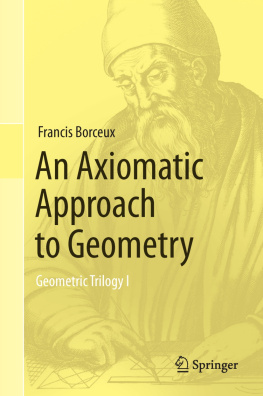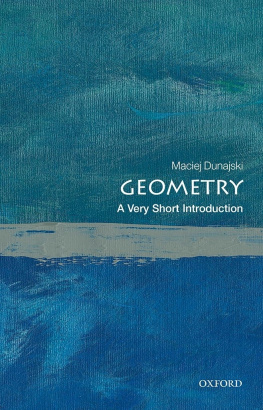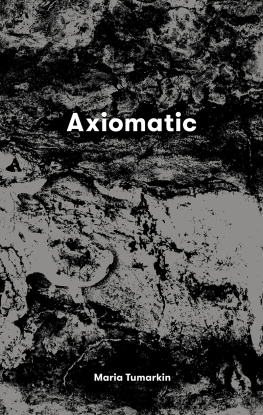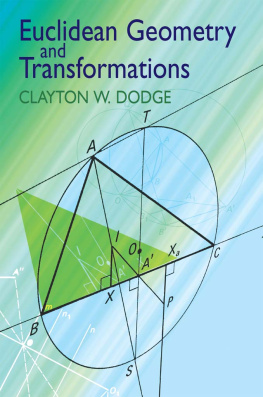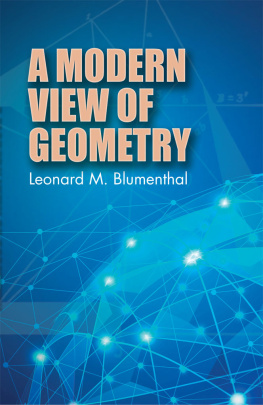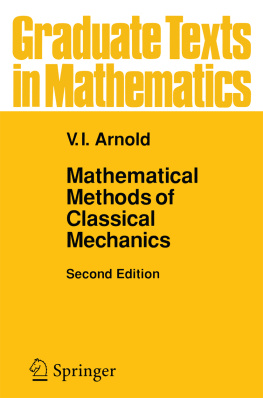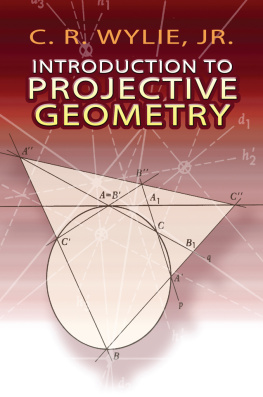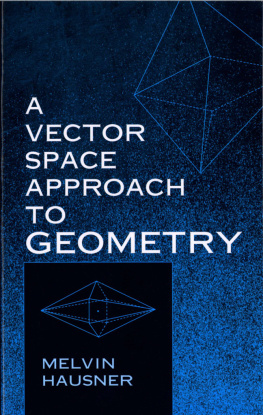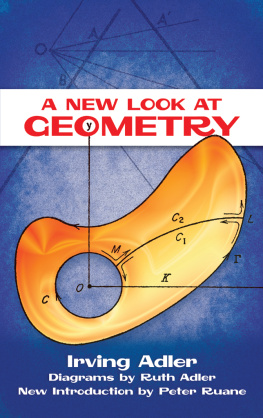Francis Borceux - An Axiomatic Approach to Geometry: Geometric Trilogy I
Here you can read online Francis Borceux - An Axiomatic Approach to Geometry: Geometric Trilogy I full text of the book (entire story) in english for free. Download pdf and epub, get meaning, cover and reviews about this ebook. year: 2013, publisher: Springer, genre: Children. Description of the work, (preface) as well as reviews are available. Best literature library LitArk.com created for fans of good reading and offers a wide selection of genres:
Romance novel
Science fiction
Adventure
Detective
Science
History
Home and family
Prose
Art
Politics
Computer
Non-fiction
Religion
Business
Children
Humor
Choose a favorite category and find really read worthwhile books. Enjoy immersion in the world of imagination, feel the emotions of the characters or learn something new for yourself, make an fascinating discovery.
- Book:An Axiomatic Approach to Geometry: Geometric Trilogy I
- Author:
- Publisher:Springer
- Genre:
- Year:2013
- Rating:5 / 5
- Favourites:Add to favourites
- Your mark:
An Axiomatic Approach to Geometry: Geometric Trilogy I: summary, description and annotation
We offer to read an annotation, description, summary or preface (depends on what the author of the book "An Axiomatic Approach to Geometry: Geometric Trilogy I" wrote himself). If you haven't found the necessary information about the book — write in the comments, we will try to find it.
Focusing methodologically on those historical aspects that are relevant to supporting intuition in axiomatic approaches to geometry, the book develops systematic and modern approaches to the three core aspects of axiomatic geometry: Euclidean, non-Euclidean and projective. Historically, axiomatic geometry marks the origin of formalized mathematical activity. It is in this discipline that most historically famous problems can be found, the solutions of which have led to various presently very active domains of research, especially in algebra. The recognition of the coherence of two-by-two contradictory axiomatic systems for geometry (like one single parallel, no parallel at all, several parallels) has led to the emergence of mathematical theories based on an arbitrary system of axioms, an essential feature of contemporary mathematics.
This is a fascinating book for all those who teach or study axiomatic geometry, and who are interested in the history of geometry or who want to see a complete proof of one of the famous problems encountered, but not solved, during their studies: circle squaring, duplication of the cube, trisection of the angle, construction of regular polygons, construction of models of non-Euclidean geometries, etc. It also provides hundreds of figures that support intuition.
Through 35 centuries of the history of geometry, discover the birth and follow the evolution of those innovative ideas that allowed humankind to develop so many aspects of contemporary mathematics. Understand the various levels of rigor which successively established themselves through the centuries. Be amazed, as mathematicians of the 19th century were, when observing that both an axiom and its contradiction can be chosen as a valid basis for developing a mathematical theory. Pass through the door of this incredible world of axiomatic mathematical theories!
Francis Borceux: author's other books
Who wrote An Axiomatic Approach to Geometry: Geometric Trilogy I? Find out the surname, the name of the author of the book and a list of all author's works by series.

